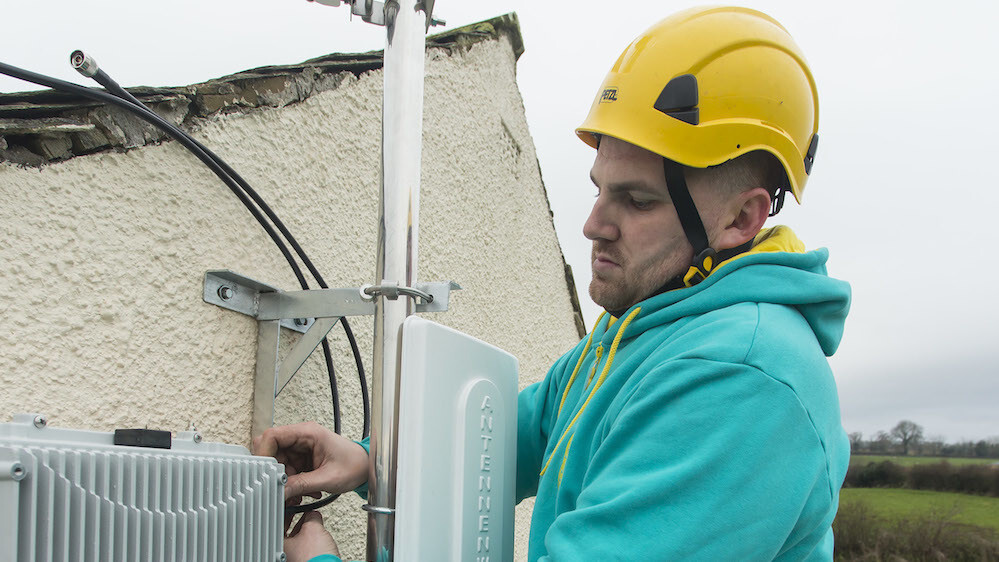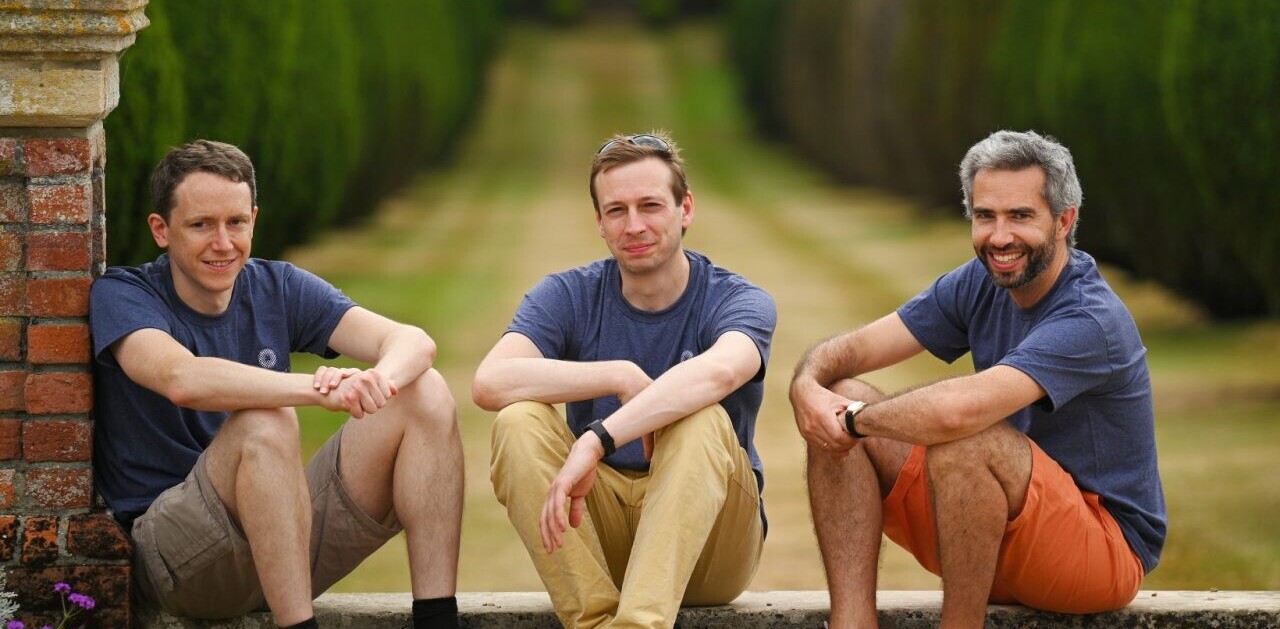
UK mobile network EE says it will deal with mobile black spots in 1,500 rural communities across the country by 2017 using micro-network technology.
To avoid the need for miles of new cabling, EE is installing small mobile antennas at suitable sites. The company hopes the solution, designed by networking firm Parallel Wireless, will provide reliable voice, 3G and 4G service to locations that aren’t currently well served by mobile providers.
The micro-networks are currently being installed and should be fully deployed by early next year. EE piloted the project in the village of Sebergham in Cumbria, where it installed three meshed antennas which now supply data and voice to 129 households and businesses.
EE claims the technology changes the economics of mobile coverage because it is not reliant on masts or cables. A micro-antenna can be installed in a building in a matter of hours. The micro-network can connect communities of around 100-150 homes and businesses, across an area of 0.5 square miles with just three or four small antennas.
EE CEO Olaf Swantee says: “With this innovative new technology, we have the capability to connect every community in the UK, and we estimate that we’ll be able to bring reliable voice coverage and high speed mobile broadband to more than 1,500 places for the first time by 2017.”
It was revealed late last week that BT is in discussions to acquire EE. The micro-antenna project is likely to make the mobile network an even more appealing acquisition target.
➤ Groundbreaking new EE micro network set to benefit rural communities [EE]
Get the TNW newsletter
Get the most important tech news in your inbox each week.





